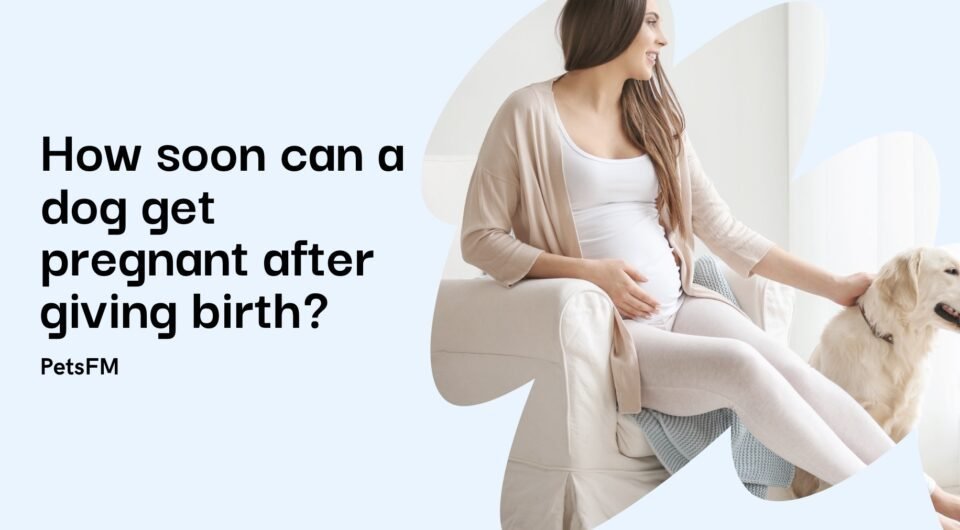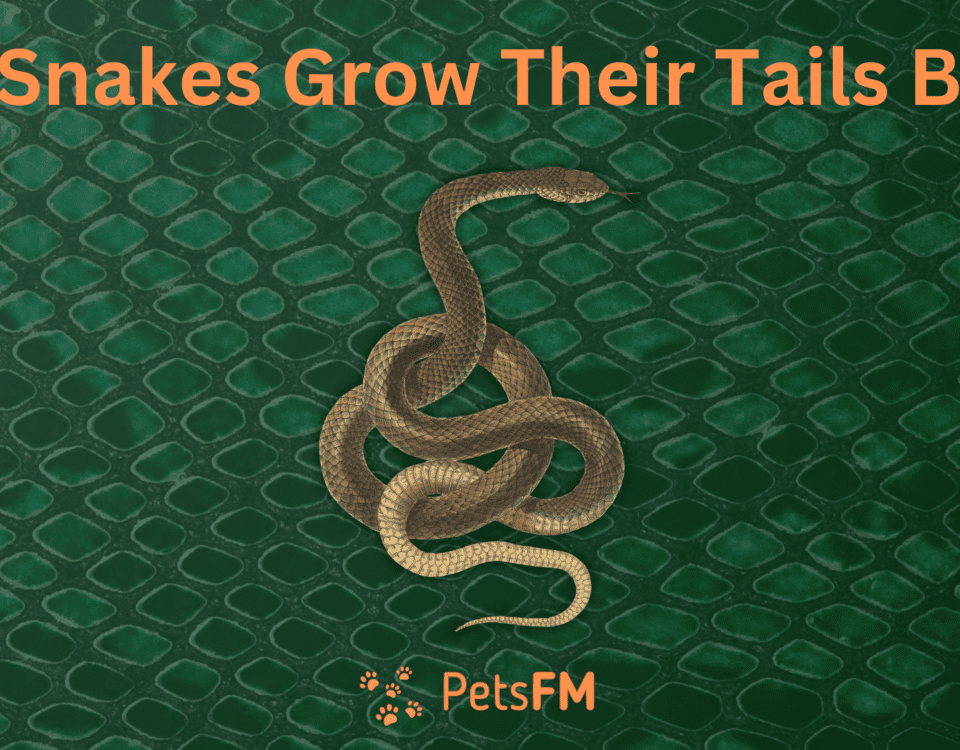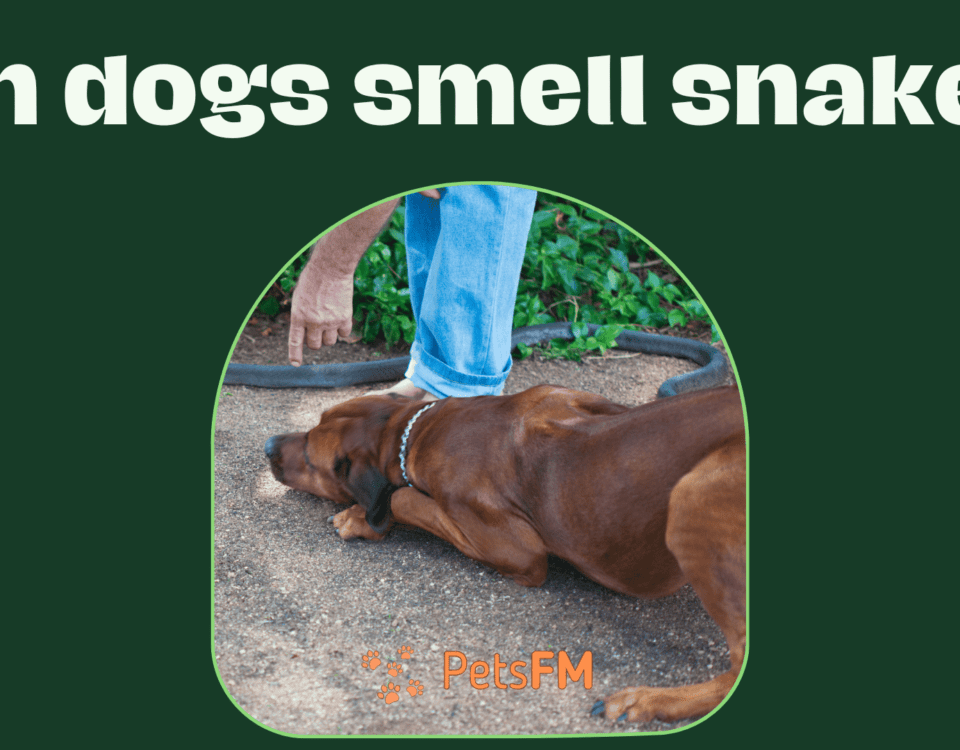


Learn the Causes of Sagging Nipples in Dogs | Updated 2024
January 3, 2024


12 reasons behind brown spots on dogs belly that look like dirt
January 3, 2024Puppies bring joy and are delightful to snuggle and interact with. However, giving birth is an intense experience for the mother dog and her human caretakers.
Recognizing that a dog is not immune to becoming pregnant again just because she has recently delivered is crucial. Understanding the heat cycle and pregnancy management is essential to dog ownership and breeding.
Pregnancy, childbirth, and nursing puppies do not alter or halt the reproductive cycle of a female dog. So, when is it possible for a dog to become pregnant again after delivering?
Dogs can become pregnant very soon after giving birth. Essentially, if a female dog mates during her first heat cycle after delivering, she will likely become pregnant again. This implies that she could conceive her next litter while still nursing the current one. Whether it’s a result of deliberate breeding or an unexpected mating, your female dog may be pregnant or have recently given birth to puppies.
Let’s explore this subject further by examining the female dog’s heat cycle details.
The Female Dog’s Heat Cycle
Female dogs typically experience heat, also known as their “season,” twice yearly. However, smaller breeds may enter heat three or four times annually, while large breeds may only have one heat cycle per year. A dog’s heat period is much longer than a human menstrual cycle, lasting about 2-4 weeks.


Pregnant Dog
The initial phase, lasting 3-17 days, is the Proestrus stage. During this time, your dog might show changes in appetite and behavior but is not yet capable of becoming pregnant. This phase is an opportune moment to recognize the impending heat cycle and make necessary preparations.
Following this is the Estrus stage when the dog is actively fertile.
The dog has a strong breeding instinct in this phase, and her scent will attract male dogs. Monitoring her closely and keeping her away from unneutered male dogs becomes crucial, especially if they’re in the same household.
The final phases, Diestrus and Anestrus, mark the tapering off of the female dog’s heat cycle.
It’s vital to understand that these stages occur even while the female is pregnant, delivering, and nursing her puppies. Once she re-enters the Estrus stage, she becomes capable of conceiving again.
Signs Of Heat In Female Dogs
Recognizing the signs of heat in female dogs is essential for responsible pet care. Here are some common indicators:
- Swollen Vulva: One of the first noticeable signs is the swelling of the vulva. This swelling can vary in degree from subtle to quite apparent.
- Vaginal Discharge: Initially, the discharge may be tinged with blood, turning a straw color as the cycle progresses. The color and consistency of the discharge can give clues about the stage of the heat cycle.
- Increased Licking of the Genital Area: Dogs in heat often lick their genital area more frequently due to the changes they are experiencing.
- Changes in Behavior: Many dogs exhibit behavioral changes during heat. They may appear more affectionate or, conversely, more irritable. Some may seem anxious or restless.
- Attraction of Male Dogs: Female dogs in heat emit a highly attractive scent to male dogs. As a result, you might notice increased attention from male dogs in the vicinity.
- Flagging: It refers to a behavior where the female dog raises her tail or moves it to the side to signal to male dogs. It’s more commonly observed during the fertile stage of her cycle.
- Change in Appetite: Some dogs may experience a change in appetite, eating more or less than usual.
- Attempting to Escape or Roam: A female dog in heat may be more inclined to find a mate, leading her to try to escape or roam.
Related Read: Learn the Causes of Sagging Nipples in Dogs | Updated 2024
Understanding Canine Fertility and Contraception Options
Understanding canine fertility is vital for any dog owner, especially those considering breeding. A female dog’s fertility peaks during the Estrus stage of her heat cycle, typically occurring twice a year. Recognizing the signs of this stage is crucial for planned breeding or to avoid unwanted pregnancies.
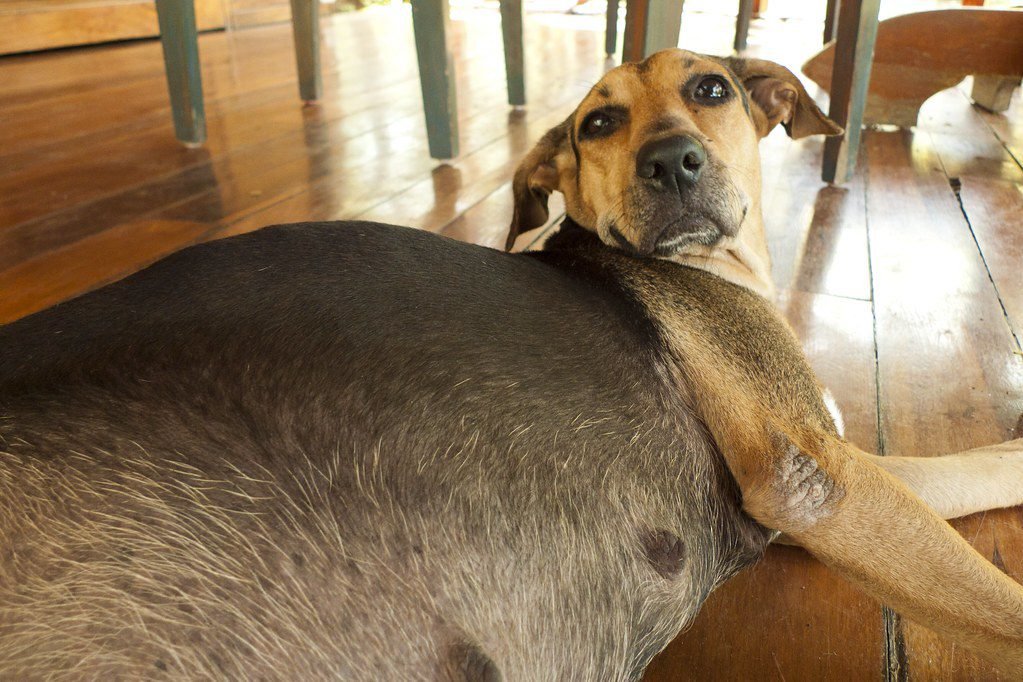

Preganant Dog
For owners not intending to breed their dogs, contraception options are important. These include:
- Spaying (Ovariohysterectomy): The most effective method of contraception. This surgical procedure involves removing the ovaries and usually the uterus. It not only prevents pregnancy but also eliminates the heat cycle and reduces the risk of certain diseases.
- Chemical Sterilization: For male dogs, chemical sterilization is an alternative to traditional neutering. It involves an injection that reduces fertility, but its availability and efficacy may vary.
- Hormonal Control: This includes injections, pills, or implants that suppress the heat cycle. However, these methods can have significant side effects and are generally not recommended for long-term use.
- Physical Barriers: These are less common and include devices or garments that prevent mating. While they can be effective if used correctly, they require constant vigilance and management.
- Supervised Separation: This is a non-medical approach where a female dog is closely supervised and separated from male dogs during her fertile period. This method requires careful planning and constant attention.
It’s crucial to consult with a veterinarian to understand these options thoroughly and choose the most appropriate one based on the dog’s health, age, and lifestyle. Remember, responsible pet ownership includes managing your dog’s reproductive health to prevent overpopulation and ensure the well-being of your pet.
Also, Read: Do’s and Don’ts of Scruffing Your Dog: A Comprehensive Guide
Getting Pregnant Back-to-Back Can Be Dangerous For Dogs
A female dog is prone to becoming pregnant during her heat cycle, including those who have just given birth, as they can conceive again during their next heat.
Such back-to-back pregnancies can be detrimental to a dog’s health, potentially weakening her to the point where she may not endure medical procedures like spaying.
Once mating commences between a female and a male dog, intervention is typically too late, and attempting to separate them can be harmful. During mating, the dogs often position themselves back to back, indicating that the male is locked inside the female.
Pregnancy is still a strong possibility even if this back-to-back positioning isn’t observed. Since separating mating dogs is not feasible, monitoring your female dog’s heat cycle post-pregnancy becomes crucial.
There are medical interventions available to terminate a pregnancy in dogs. However, these procedures can be risky or require precise timing. It’s essential to seek the guidance and expertise of a licensed veterinarian for these matters.
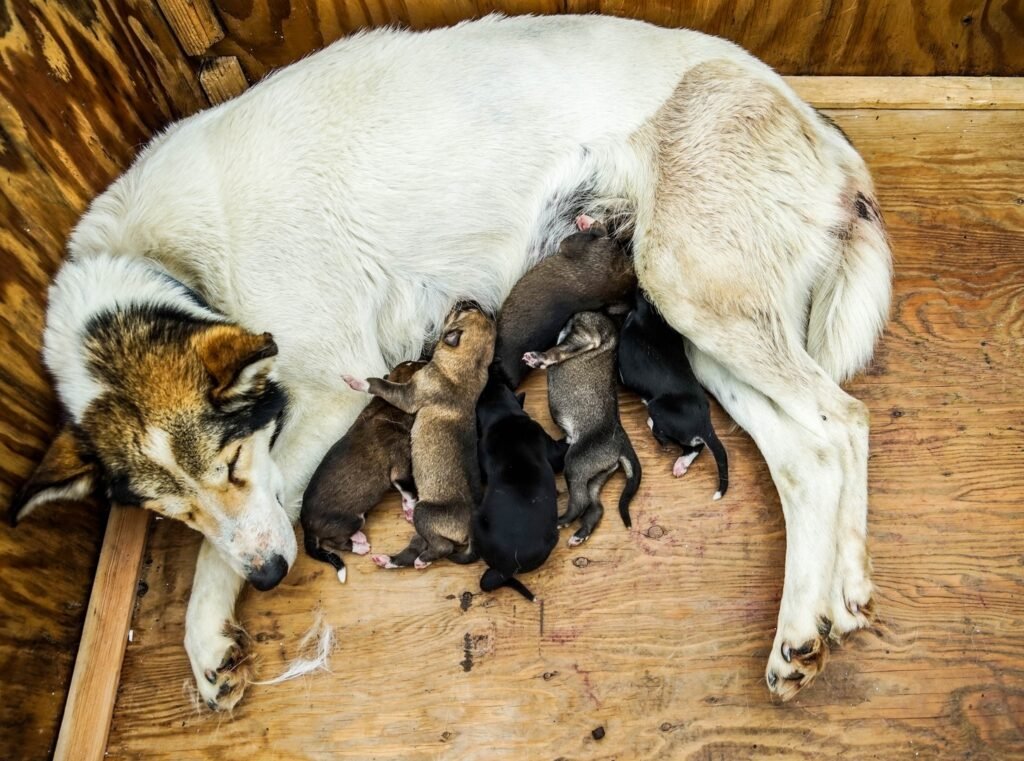

Dog with Puppies
Helping Your Dog In Heat
Helping your dog during her heat cycle involves providing comfort, ensuring safety, and managing her behavior. Here are some steps you can take:
- Provide a Comfortable and Clean Space: Your dog might bleed during her heat cycle, so it’s essential to provide a comfortable area that’s easy to clean. Use washable blankets or dog beds, and consider placing waterproof covers on furniture.
- Maintain Hygiene: Regularly clean your dog’s bedding, and consider using doggy diapers to manage the bleeding. Keep her genital area clean to prevent infections.
- Monitor Her Closely: Keep a close eye on your dog to protect her from unwanted male attention. Avoid off-leash walks and unfenced areas where she might encounter male dogs.
- Provide Extra Attention and Comfort: Dogs in heat may experience mood swings and may need extra comfort and attention from you.
- Adjust Exercise Routines: While keeping your dog exercised is essential, you should adjust her routine to avoid encounters with male dogs. Shorter, more frequent leashed walks might be more suitable.
- Secure Your Home and Yard: Ensure your home and yard are secure to prevent your dog from escaping and male dogs from entering.
- Consult Your Veterinarian: Your vet can advise on managing your dog’s heat cycle, mainly if she exhibits unusual symptoms or behaviors.
- Nutritional Support: Some dogs have changes in appetite during heat. Ensure she’s eating a balanced diet and has constant access to fresh water.
- Avoid Stressful Situations: Try to keep your dog’s environment calm and stress-free, as she may be more sensitive during this time.
- Consider Professional Advice for Breeding: If you’re considering breeding your dog, it’s advisable to seek professional guidance to ensure it’s done responsibly and safely.
Heat Post-Pregnancy
The occurrence of a female dog’s heat cycle and her fertility remain unaffected by pregnancy. Likewise, lactating and nurturing her puppies does not alter the regularity of her heat cycle.
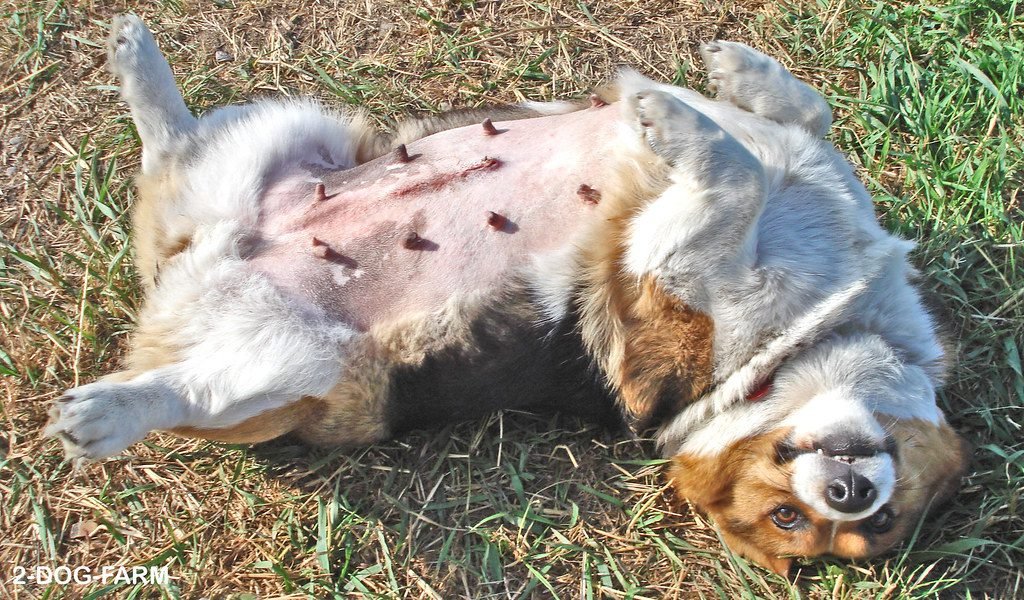

Understanding The Cycle
For a dog of average size, the heat cycle occurs biannually, roughly every 180 days. This interval is crucial in determining when she can potentially conceive again.
To understand her heat cycle timing, it’s important to familiarize yourself with your dog’s specific breed, especially if she’s of a particularly large or small variety.
Considering Gestation and Heat Recurrence
The gestation period for a litter typically spans 63 days. This suggests that, on average, about 120 days, or four months, may pass post-birth before your dog enters her next heat cycle.
To manage this effectively, keep track of the calendar and observe your female dog’s behavior and interactions with nearby male dogs.
Postpartum Care for the Mother Dog
After giving birth, a mother dog requires attentive care to recover and effectively nurse her puppies. Proper postpartum care is crucial to ensure the health and well-being of both the mother and her newborn litter.
- Nutritional Support: The mother’s diet should be high in calories, protein, and calcium to support lactation. Puppy-formula dog food is often recommended during this stage for its higher nutritional content. Ensure she has constant access to fresh water, as nursing dogs need more fluids.
- Monitoring Health: Watch for signs of postpartum complications, such as excessive bleeding, fever, or lethargy. Mastitis (inflammation of the mammary glands) is a common issue and requires veterinary attention. Regularly check her for any signs of infection or illness.
- Comfortable Resting Area: Provide a clean, quiet, and comfortable space for the mother and her puppies. The area should be easy to clean and kept at a warm, consistent temperature, as newborn puppies cannot regulate their body temperature.
- Limiting Stress: Keep the environment around the mother dog calm and stress-free. Excessive noise, handling, or disruption can stress her, affecting her ability to care for her puppies.
- Gradual Exercise: Slowly reintroduce exercise to help the mother regain her strength. Start with short, gentle walks and gradually increase the duration as she recovers.
- Postpartum Veterinary Check-up: Schedule a post-birth veterinary examination to ensure she is recovering well. This check-up can also address concerns like birth-related injuries, vaccinations, or future breeding advice.
- Bonding and Socialization: Allow ample time for the mother to bond with her puppies. This period is crucial for the puppies’ development. However, also ensure that she gets time away from her litter to relax and recover.
- Spaying Consideration: If you do not plan further breeding, discuss with your vet the ideal time to spay the mother dog. Spaying can prevent future health issues and unwanted pregnancies.
Providing comprehensive postpartum care ensures that the mother dog recovers well and her puppies grow up healthy and strong. It is a critical aspect of responsible pet ownership and breeding.
Editor’s Pick: My dog lowers his head and stares: Canine behavior explained
Conclusion
In conclusion, understanding a dog’s heat cycle is crucial for responsible pet ownership. Recognizing signs of heat, managing back-to-back pregnancies, and providing care during these times are essential. Staying informed about breed-specific cycles and closely monitoring behaviors post-pregnancy can ensure the well-being and health of the female dog and her puppies.
